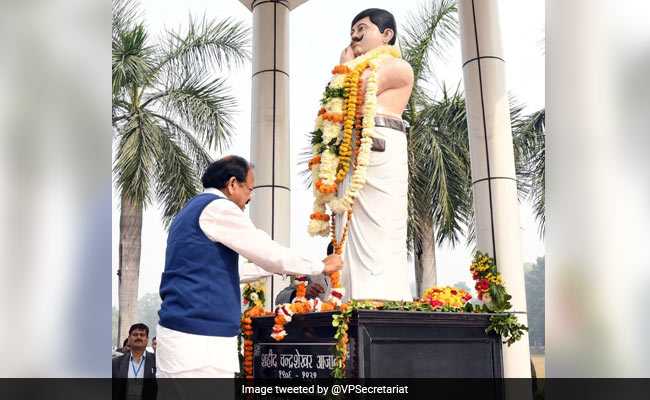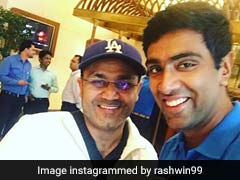2. His mother wanted him to be a great Sanskrit scholar and persuaded his father to send him for study Kashi Vidyapeeth at Banaras.
3. While he was a student, the 1919 Jallianwala Massacre angered him. He threw himself in the 1920 Non-cooperation Movement against the British and was committed to cause of getting India's its freedom. He was involved in the Kakori Train Robbery of 1925 and shooting of British police officer JP Saunders at Lahore in 1928 to avenge the killing of Lala Lajpat Rai.
4. Chandra Shekhar Azad had made a pledge that the police will never capture him alive and remaining true to his pledge, he battled a long shootout with the police at the Alfred Park in Allahabad in 1931, but when he was outnumbered by them and had no escape, instead of getting captured, he decided to shoot himself down with the last bullet in his pistol.
5. Alfred Park, where he died on February 27, 1931, was renamed as Chandrasekhar Azad Park as a mark of tribute to the freedom fighter who had said, "Dushman ki goliyon ka hum samna karenge, Azad hi rahein hain, azad hi rahenge" which means, "We will face the bullets of enemies. We were free and we will remain free."





